Pinkwashing
Each year during LGBT Pride month (June) or around Pride festivals around the world, many companies start flying the 6-colored rainbow flag to join us in the celebrations. Not just the mom & pop (or mom & mom) stores in the downtown districts, but also larger companies and even international corporations gayly participate (pun intended). Sometimes not with a real flag but using the 6 stripes on headquarter, stores or products, or via marketing campaigns: from BMW, Nivea, Calvin Klein and Starbucks, to Google, American Airlines, public transport companies and travel destinations.
In the past years I have been interviewed by a number of media outlets about Pride and the activities of non-LGBT participants. In each interview the term (if not accusation) pinkwashing came up.
What is Pinkwashing?
There are different definitions[1] , but the most relevant is: “The practice of a company or organization presenting itself as gay-friendly and progressive, in order to downplay their negative behavior.”
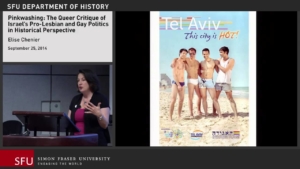 The “washing” in this definition is clear, although the negative behavior is not specifically attributed to that towards LGBT+. Thus, Israel was accused of pinkwashing because they promoted Tel Aviv Pride, while in other parts of the country they were behaving “controversially” towards (other) minorities. The opinions about washing differ, whether it should be related to a polishing up a bad LGBT-image or more generally. In my opinion it should be seen, in most cases, as the false appearance of being all-round gay-friendly, and should not be mixed up with other ‘bad behavior’.
The “washing” in this definition is clear, although the negative behavior is not specifically attributed to that towards LGBT+. Thus, Israel was accused of pinkwashing because they promoted Tel Aviv Pride, while in other parts of the country they were behaving “controversially” towards (other) minorities. The opinions about washing differ, whether it should be related to a polishing up a bad LGBT-image or more generally. In my opinion it should be seen, in most cases, as the false appearance of being all-round gay-friendly, and should not be mixed up with other ‘bad behavior’.
What is not Pinkwashing?
Companies (or people, organizations) are not guilty of pinkwashing when their intentions are genuine. This can be established by their (corporate) policy and treatment of employees, the support they give to LGBT charities, a consistent range of communications throughout the year – so not just around Pride – and the way they present their rainbows. But even so, it is not clear cut and a campaign could be considered “OK” (so: no pinkwashing) if not all of the above conditions are met.
The Big Money
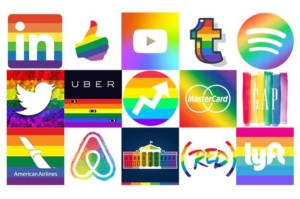 In my research Marketing the Rainbow, I came across hundreds of examples of companies who have been active in this field. I have frequently posted articles and case studies about the ‘explosion of rainbows’ by The Big Money. To my surprise this was very often met by scepsis and derision by a lot of people. The primary reaction was that these companies could not be serious, it was cultural appropriation, and we were only seen as cash cows. It was Rainbow Capitalism!
In my research Marketing the Rainbow, I came across hundreds of examples of companies who have been active in this field. I have frequently posted articles and case studies about the ‘explosion of rainbows’ by The Big Money. To my surprise this was very often met by scepsis and derision by a lot of people. The primary reaction was that these companies could not be serious, it was cultural appropriation, and we were only seen as cash cows. It was Rainbow Capitalism!
By immediately using the term pinkwashing (without looking at the surrounding factors) it was irrefutably assumed that intentions were bad, that the companies had something to hide and that their only purpose was to make money of us.
Now, LGBT – either as people or as consumers – are members of a group that has been publicly marginalized for decades and often still is, but they are also individually marked by their identity. There is hardly an L, G, B or T (or +) who did not have a more or less traumatic process to arrive at their ‘destination’. This sensitivity should be respected.
How it began
The history of gay marketing is quite transparent. The ads from the 40s-60s were unintentionally gay, or used that word for ‘happy’. They would be seen in a different light now, but were not Marketing the Rainbow.
The first commercial actually showing gay and lesbian couples was that of Dutch insurer Amev in 1992 (showing 2 gay and one lesbian couple among a dozen others) , followed by Danish newspaper Politiken with “Thyme” in 1993, and two years later by IKEA with Dining room table.
One gay commercial a YEAR…
These were not pinkwashing: they did not say “look at us being tolerant for a moment”. In both cases the brand wanted to show that you are welcome as a customer, no matter who you are. Especially in the case of Amev this was remarkable, offering life insurance to gay men at the height of the AIDS epidemic. IKEA continued being inclusive with a long line of print ads and commercials (see my case study).
It took several years for more companies to follow, while only ‘the SCOTUS verdict’ in 2015 opened the floodgates. So it makes sense that the present interest in LGBT consumers is met with caution after being ignored for so long.
Doing the right thing
In classic 20th century economy models, companies exist to make money, which is their primary, if not only target. In more recent times, making money is no longer necessarily the first, direct target.
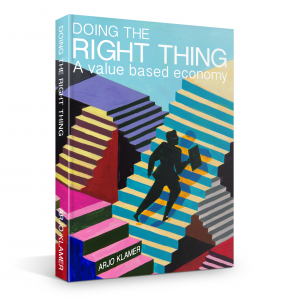 My promotor, professor Arjo Klamer, has written a book called: “Doing the right thing: A value based economy”. In his book he explains that many companies, especially those founded the last 30 years, have developed a different approach to doing business. Their idea is that embracing diversity and individual values will lead to a more satisfied workforce. The employees are happier, become more productive, have less sick days, and will stay with their employer for a longer period of time. Add to that the improved image of the company, both inwards and outwards, and you have a beautiful PR-strategy that tells its own story. Oh, and they will make more profit. Goal achieved, while doing the right thing – in all respects.
My promotor, professor Arjo Klamer, has written a book called: “Doing the right thing: A value based economy”. In his book he explains that many companies, especially those founded the last 30 years, have developed a different approach to doing business. Their idea is that embracing diversity and individual values will lead to a more satisfied workforce. The employees are happier, become more productive, have less sick days, and will stay with their employer for a longer period of time. Add to that the improved image of the company, both inwards and outwards, and you have a beautiful PR-strategy that tells its own story. Oh, and they will make more profit. Goal achieved, while doing the right thing – in all respects.
Allies – the support of “the others”
I wrote about the abbreviation LGBT before: there are many other letters you could add, like the aforementioned Q. An important one in my view is the A of Allies. Theses are heterosexuals, but also companies, organizations and governmental agencies. We can keep beating our own drum, but if Brad Pitt says something to support us (check out Us Weekly for a long list of celeb allies), the Minister of Justice fights for our cause, or Walmart pays attention to our situation, people start listening. So the “A” is indispensable for influence, PR and support.
Add to that the fact that we always need money. To keep organizations going, to organize events, to build a nice float for the Parade, to help refugees with legal procedures, to print posters – well, you get my drift: money keeps our rainbow motor running. Funds could be obtained as a subsidy or donation, but that money flow is not very large, whereas the number of candidates is. A solution often sought is sponsoring – and that is where companies come into the picture.
Sponsoring
Sponsoring is a form of marketing, next to for instance advertising or product placement. It is very visible (for that is the entire purpose) and therefor subject to judgement: pinkwashing or not?
I had the pleasure of organizing a float in the Amsterdam Pride Parade a few times: although participation costs for non-commercial community members are as low as €100-500, to dress it up nicely, or rather: fabulously, ran to the amount of €18.000. Of course, you can do with less, but we were a group of 80 and wanted to make an impression. Such money cannot be covered by the participants alone, so sponsors were needed. The rules of the organization were strict: the main sponsor only got 6 small boards with their name on it. And they would happily spring €11,000 for the opportunity to shine in front of 350,000 live spectators plus a million or more on TV.
Company floats easily pay a starting fee of €5,000 – 10,000, and that does not even cover the boat itself. The participation is mostly meant for the LGBT-employees, although that has often been questioned too. That the brand of the company is supported by such an event is a nice bonus, but the message is: we as a company are diverse and LGBT-friendly, rather than “buy our product”. Yet, it can be considered pinkwashing if this is the only rainbow activity the company participates in during the year.
Arguments
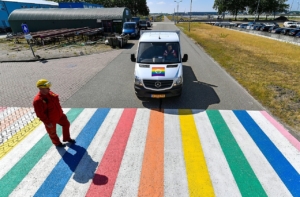 Arguments that are used against The Big Money participating in our rainbow fun are mostly off-topic. Royal Dutch Shell spruced up a number of gas stations, along with their refinery and head office for Pride 2018. This was criticized with “Shell polluted the Niger delta and made the earth sink in Groningen by drilling for natural gas, so they cannot show a gay-friendly face. PINKWASHING!”
Arguments that are used against The Big Money participating in our rainbow fun are mostly off-topic. Royal Dutch Shell spruced up a number of gas stations, along with their refinery and head office for Pride 2018. This was criticized with “Shell polluted the Niger delta and made the earth sink in Groningen by drilling for natural gas, so they cannot show a gay-friendly face. PINKWASHING!”
This kind of argument is like saying: “I am raising funds to fight malaria in Kenia, but you cannot give me your money, unless you don’t have any outstanding parking tickets”. Just saying.
There was no underlying business case for their campaign, apart from fun and support – so it was not to make money. Shell has been a member of Workplace Pride for years, and their LGBT staff has been very appropriately accommodated through the corporate diversity policy. Verdict: no pinkwashing.
In a similar argument, I got a reaction after the publication of my article about Walmart‘s LGBT adventures of the past decade. They have now bettered their ways, offer their LGBT employees benefits and a platform, collaborate with Ellen Degeneres in a clothing line, score a perfect 100% on HRC’s Corporate Equality Index, work with the NGLCC and sponsor a number of LGBT events. Yet, one pundit said: “This is pure marketing to look good <i.e. pinkwashing>, they had better invest their money in housing for homeless LGBT youth”. And to make this argument ‘stronger’, he added: “because they constitute 40% of all homeless youngsters”. True, and sad – but I think Walmart, with their LGBT employees and partner charities has a right to decide how to spend their money.
His argument compares to: “I don’t think you support that animal shelter, but you should give that money to my grandma, because she is poor.”
Dutcher than Dutch retailer Hema also came under fire after they have run cute Pride campaigns since 2016. They collaborate with charity GSA Network, to which 100% of turnover from the Pride products was pledged. People refused to believe that, and doubted that even a cent from those pastries and T-shirts would be donated. Why? It’s the age of social media: first shout, then check (but the latter often does not even take place). Verdict: no pinkwashing.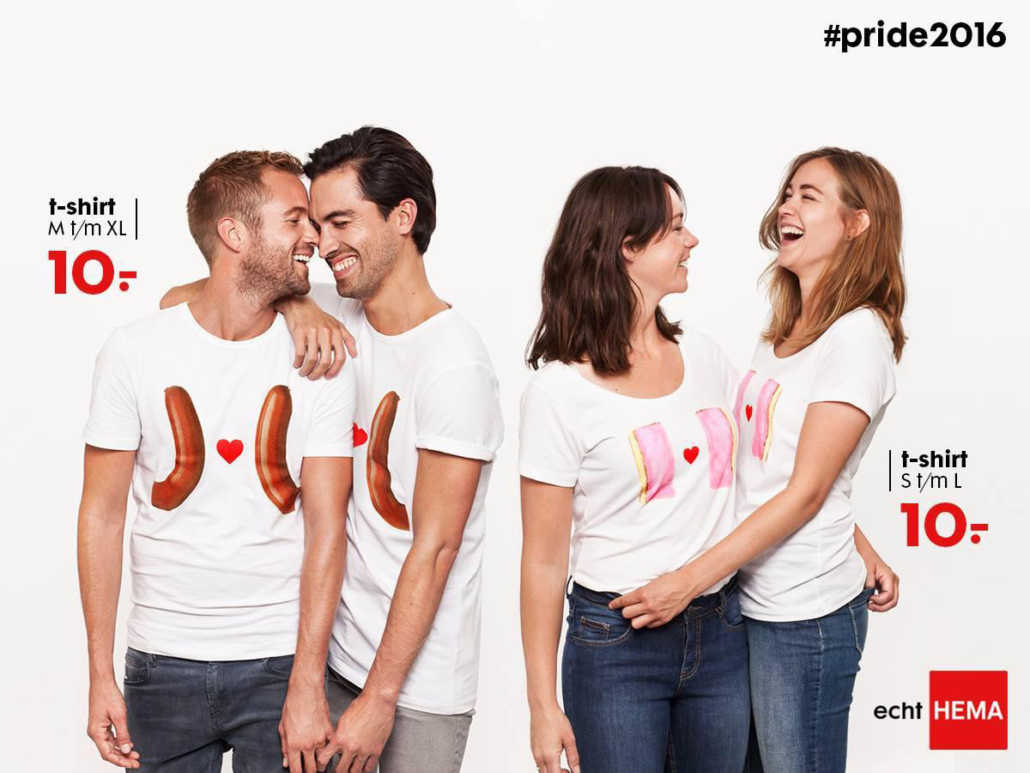
Tip: check your facts before using social media as your unfiltered platform.
What I do consider to be pinkwashing: the Gay Bar that Dutch “slave free” chocolate brand Tony Chocolonely released for Amsterdam Pride in 2017 and 2018. They wrapped their most popular flavor in the rainbow, gave it a funny name – and that was it. When asked what they did for the LGBT community, their answer was: “we make slave-free chocolate”. When asked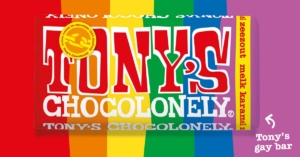 again, they had to admit that they did not (financially) support any gay charity. They have, however, seriously taken in the criticisms and have since bettered their ways, or are at least aware that they should not just jump on the rainbow bandwagon.
again, they had to admit that they did not (financially) support any gay charity. They have, however, seriously taken in the criticisms and have since bettered their ways, or are at least aware that they should not just jump on the rainbow bandwagon.
The community filtered their campaign, found it to be false, and came into action.
Conclusion
Opinions differ, both about pinkwashing and about Marketing the Rainbow. Just like there are many types of people in the LGBT+ community, there are many types of perceptions and opinions: from the Queers who are against all forms of “Rainbow Capitalism”[2], via the moral knights who think a company cannot present itself as gay-friendly until they have a completely clean conscience, to people who can appreciate that also non-LGBT organizations don a rainbow every now and then, preferably connected to a charity. I belong to the last group, which may be clear.
As far as I am concerned: the more rainbows the better. We as a community are smart enough to see the underlying purpose of Marketing the Rainbow. – provided we fact-check. And there’s always the Queers to keep us on point. But please don’t be glass half empty, look at the champagne in the glass.
Consider this wisely-worded tweet by playwright Claire Willett: “We all have our own feelings about the corporate monetization of what began as a radical protest movement. But it’s not nothing to have moved the needle so far that companies have decided the big money is on the side of pandering to us instead of to the people who hate us.”
Afterthought: I think it would be a good idea to create a kind of ‘seal of approval’, in which we as a community approve of the use of our 6-colored rainbow by companies. Like we do for eco-friendly products. Like HRC has a rating system. Question is: should the Queers be the judge of that, or the LGBT+? In other words: Rainbow Capitalism opposed to Diversity & Inclusion performed by our Allies…
- Other instances where “pinkwashing” is being used: the abuse of the Pink Ribbon for breast cancer awareness, and the ‘pinking up’ of toys to show that they are meant for girls.
- I fully support “Queer Liberation”, but not the assumption that this is mutually exclusive with “Rainbow Capitalism”, or as I would call it: Marketing the Rainbow.
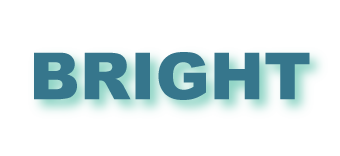
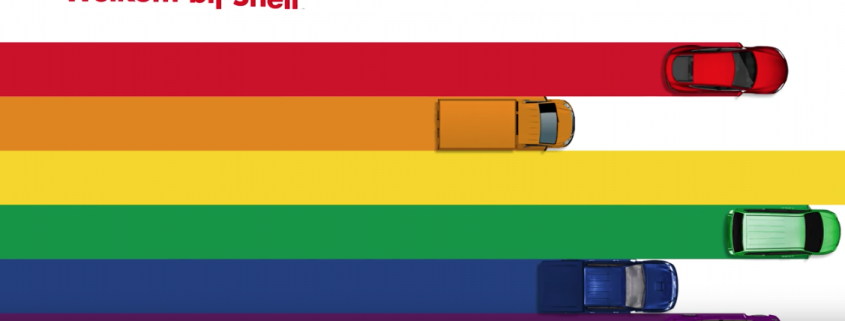
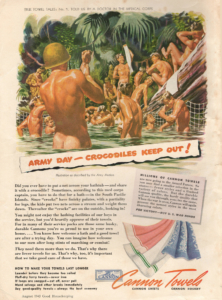
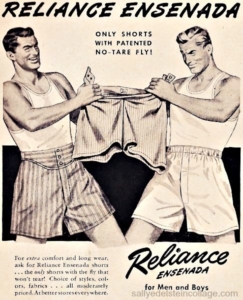
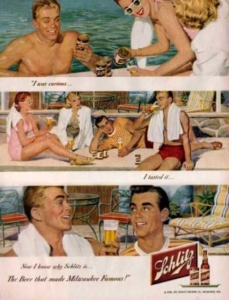
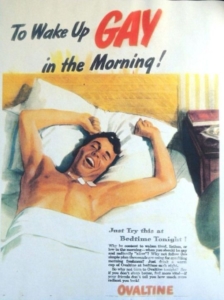

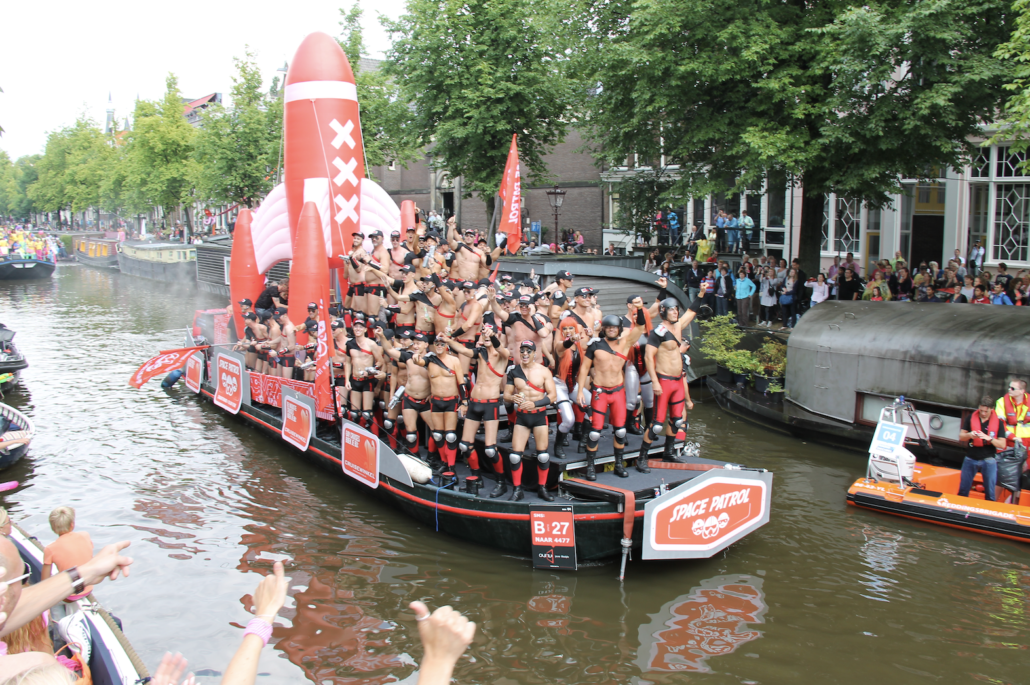

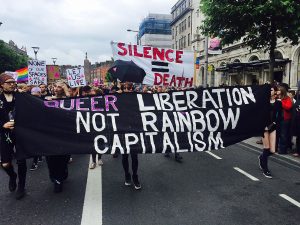
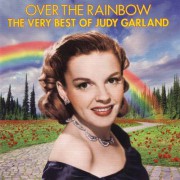
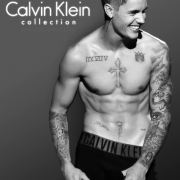
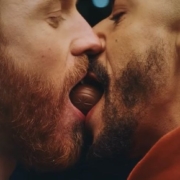
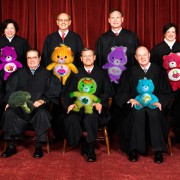


Trackbacks & Pingbacks
[…] can be seen as ‘taking advantage’ without the plan behind it being sincere. Think of pinkwashing: this is used both to casually participate in October Breast Cancer Awareness Month – without […]
[…] business, everyone is showing rainbows these days. Not always sincere and sometimes really wrong (pinkwashing), but where my American colleague Mike Wilke from Adrespect and I saw something of interest every […]
Leave a Reply
Want to join the discussion?Feel free to contribute!